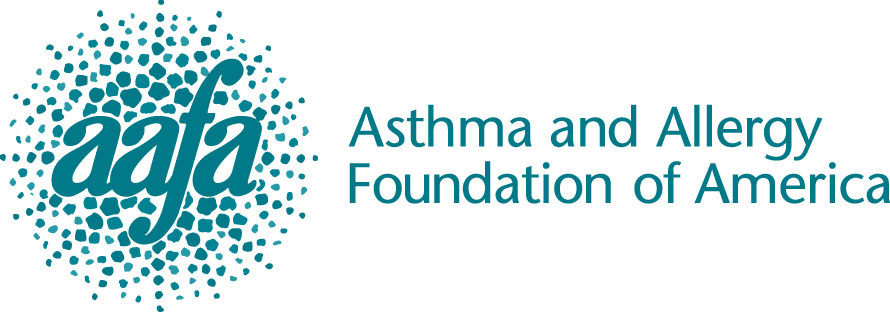Based upon preliminary results of a well designed random telephone survey funded by the Asthma and Allergy Foundation of America, 1 in 16 or 6% reported that they had had symptoms consistent with anaphylaxis at some point in their lives.
Robert Wood, MD of Johns Hopkins University, reports that among 1000 randomly dialed individuals who completed the survey, 87 reported reactions to something – such as a food, drug, or insect bite – that resulted in allergic reactions involving two or more organs – such as skin, lungs, stomach, heart or blood pressure.
In order to narrow the results to individuals that would be characterized as having experienced “true” anaphylaxis, Wood and his colleagues then categorized the reactions as respiratory, cardiovascular, dermal, gastrointestinal and neurological. Respondents were counted that had reactions in at least two categories with at least one being respiratory or cardiovascular; the result was 64 or 6% of respondents that fit the qualifications.
While surveys of this type have limitations and biases, the study paints a picture of a significantly higher prevalence of anaphylaxis in Americans than was previously suspected.





